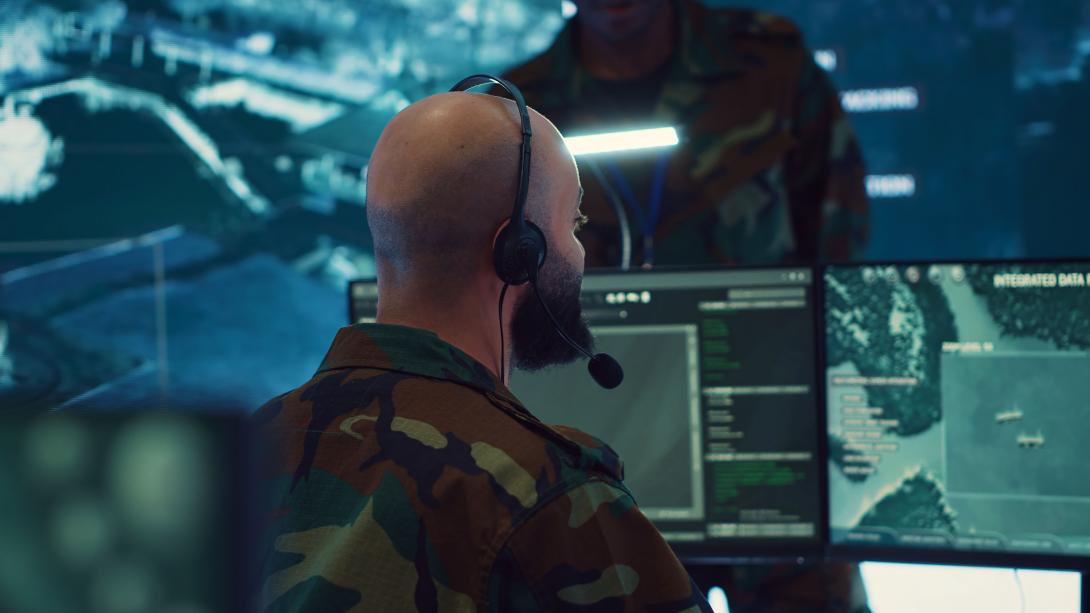A Change in Priorities Within the U.S. Army G2
As adversarial threats rise across the world and as tech officials continue to make significant strides when it comes to artificial intelligence, officials with the U.S. Army G2 are looking to change their priorities.
They are beginning to focus on a continuous approach to modernizing while keeping their eye on the threat. Andrew Evans, director of the Army intelligence, surveillance and reconnaissance (ISR) task force, said the service has been focused on modernizing for a long time but that it’s time to adapt and modernize while staying vigilant for threats.
“We have been for a long time focused on just the ‘big M’ because that’s the attractive, big thing that the service might be buying or building the material solutions, but General [Anthony] Hale’s vision is a good one, and that is we’ve got to thing more holistically,” said Evans during a plenary session at the Intelligence & National Security Summit. “To ensure that we’re thinking through problems well before they become future problems.”
But Evans noted that in order for this to matter, they must have doctrine that is ready to go, policies that are correct and leaders who are prepared.
Another change within the Army is that leaders are starting to prioritize data and AI. They are looking into how to read and understand those critical aspects. Evans thinks that in today’s world, data is one of the most crucial aspects when it comes to war.
“The future currency, in my view, of war and great power competition is probably data,” said Evans. “And some people may not agree with that, but right now, if you’re sitting here with a phone, all of your stuff is getting sucked up and sold right to somebody. So somebody out there knows that you’re sitting here and knows who you’re sitting next to. And that becomes interesting as we think about the currency of future warfare and how we contend with that.”
Furthermore, the Army is also researching how to make wise investments in the data and AI industries.
“Introduce the right investments in that space to make sense of all that data and help our commanders make better and faster decisions,” said Evans. “Not just faster, but better as well, because in the world of data and lots of data, as we talked about, making that discoverable, we've got to make sense of all of it, or else again, it’s just a lot of information that goes nowhere.”
Lastly, Army officials are noticing that threats are adapting just as fast, or sometimes even faster, than innovators can integrate and apply their new protective techniques.
“The ability to reprogram our EW [electromagnetic warfare] systems to adapt to threats is going to be very vital,” Evans said. “It’ll be extremely vital in the next fight, and the Army’s doing some sort of difficult thinking in that area, and you’re going to see us make some investments in the years to come.”
Evans spoke as part of a panel at the Intelligence and National Security Summit in Bethesda, Maryland. The summitis a yearly event organized by INSA, the Intelligence and National Security Alliance, and AFCEA, SIGNAL Media’s parent.





Comments